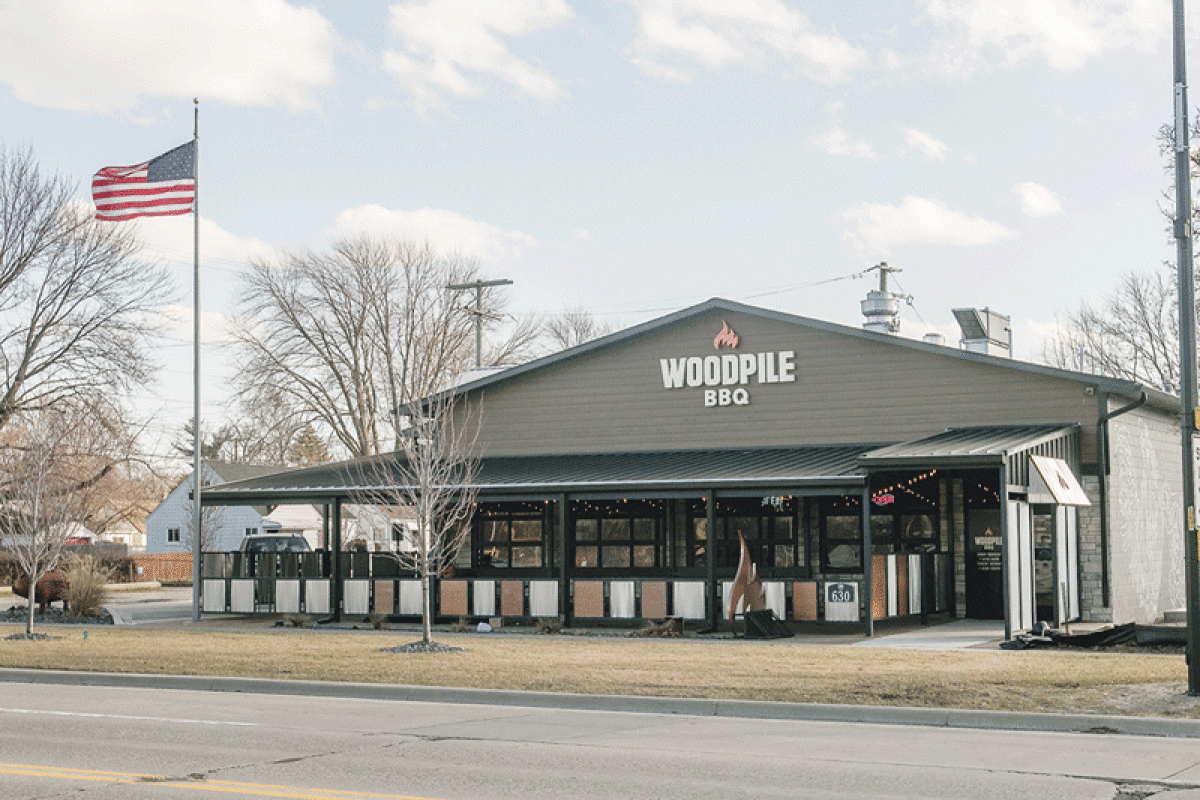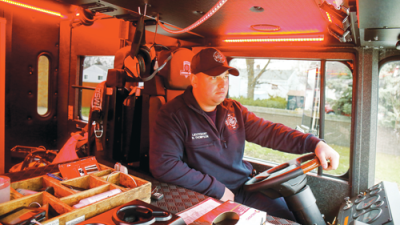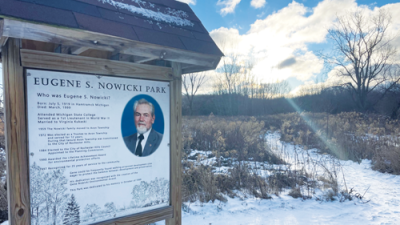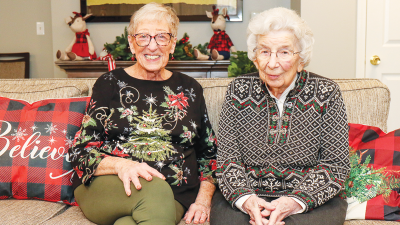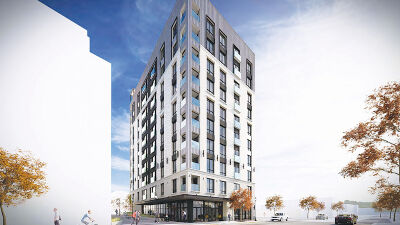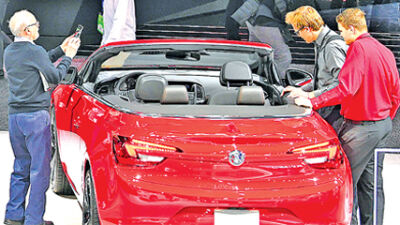MADISON HEIGHTS — At a workshop by the Madison Heights Planning Commission Feb. 6, the citizen-led board discussed possible revisions to the city’s zoning ordinance.
According to City Planner Matt Lonnerstater, the overall goal of the rewrite project is to modernize a document that hasn’t had a wholesale update since the 1970s, creating one that is more user-friendly for developers and that promotes land-use patterns as envisioned in the city’s update to the master plan in 2021.
This includes the creation of a new “City Center” zoning district that will promote the development of a walkable downtown, roughly consistent with the boundaries of Madison Heights’ existing Downtown Development Authority district, which runs north to south along John R Road from Gardenia Avenue to 10 Mile Road, and east to west along 11 Mile Road from Stephenson Highway to Lorenz Avenue.
The City Center district will encourage a mix of residential and commercial land uses and focus more on the relationship between buildings and streets, building mass, architectural styles and pedestrian-oriented building elements such as outdoor dining and streetscaping features.
Separately, there will be new “Mixed Use Innovation” zoning districts, such as one on John R from Lincoln Avenue to 10 Mile, which will allow for adaptive reuse of older industrial buildings and encourage infill development on small lots. They will also promote the redevelopment of large commercial strip centers, particularly those with oversized parking lots. He said that residential, commercial and light-industrial uses will all be permitted.
The zoning ordinance rewrite also aims to expand the so-called “Two-Family and Townhouse” zoning district in certain areas to allow for the creation of more housing units and what Lonnerstater referred to as “gentle density,” with a variety of unit sizes, building designs and price points.
The most immediate change to the zoning ordinance will be its readability. In its current form, the document has an exhaustive amount of information, much of it arranged in bullet points. The new document will reorganize the information for easier comprehension, with a mix of tables, graphics, illustrations and glossaries.
There will also be a “use matrix” that lists all permitted uses in each district in a single concise table, so that developers can tell at a glance what is and isn’t allowed in each area of the city.
Lonnerstater said that feedback at the workshop was generally positive, with much of the conversation from residents concerning matters such as building height adjacent to residential areas, parking availability in the City Center district, and streetscaping opportunities.
The complete draft of the zoning ordinance is expected to be released later this spring and will also be posted to the city’s website, madison-heights.org. Residents will be able to review the draft and provide input via email (mattlonnerstater@madison-heights.org), or by attending meetings of the Planning Commission and City Council.
Mayor Roslyn Grafstein and City Councilman Mark Bliss are two of the council representatives on the Planning Commission. The mayor said one goal is to attract people to the city’s downtown.
“People want to have a walkable, livable area. When you look at the real estate listings for parts of our city, it will say you can walk a mile or two to Royal Oak’s downtown, while completely ignoring the fact that you’re already at our downtown,” Grafstein said. “At a fire station open house that we had, I spoke with people who walked there, and I think if they had more places to visit within walking distance, they’d go there, too. We need to put in more businesses they’d be interested in.”
She described how one way to make a property more compelling is to give it multiple uses.
“One of the things with the mixed-use idea is that you could have retail downstairs and people living in units upstairs,” the mayor said. “Having more places for them to walk would help with the mixed-use concept, and it would help with housing in general. But first, we are cleaning up things in the ordinance so that it’s easier for developers to understand.”
Bliss agreed with the mayor that mixed-use developments have potential. He described potential businesses that have shown interest in the city, such as a car wash that also features a doughnut shop. He believes that people will appreciate having more one-stop shops where they can enjoy a variety of services.
“I call it the Kevin Costner approach to economic development: ‘If you build it, they will come,’” Bliss said, referencing the 1989 film “Field of Dreams.”
“When we do this rewrite, and make it so the kinds of businesses we want in our city can come here, then they will come since they won’t need special approval, and they won’t have to risk capital with any delay for the process. The other side of the equation is ensuring the things we don’t want in areas of the city are blocked out,” Bliss said. “The Mixed-Use Innovation districts are really about inspiring complex mixed-use development such as retail below and condos or offices above — multiple uses in the same footprint — and it’s very purposeful and well-thought-out for what those sections are. Whereas before, you’d have a lot of industrial that was by rights all across the city.
“Now we think about what are the best places for industrial development, or for car washes, or walkable businesses and mixed-use developments, and we’ve applied it to this zoning ordinance where if a business fits those parameters, they can instantly set up shop without additional approvals, since we’ve already deemed it fits the area well with regards to the neighborhood, the traffic conditions and things like that,” Bliss said. “We want to be a place where it’s easy to develop the things that we want to see developed.”
 Publication select ▼
Publication select ▼